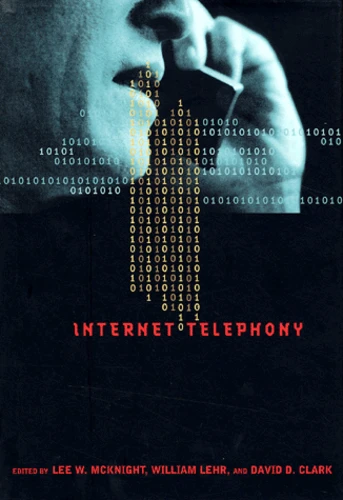Internet Telephony
Par : , ,Formats :
- Paiement en ligne :
- Livraison à domicile ou en point Mondial Relay indisponible
- Retrait Click and Collect en magasin gratuit
- Nombre de pages395
- PrésentationRelié
- Poids0.78 kg
- Dimensions15,8 cm × 23,4 cm × 2,8 cm
- ISBN0-262-13385-7
- EAN9780262133852
- Date de parution06/08/2001
- ÉditeurMIT Press (The)
Résumé
Internet telephony is the integration and convergence of voice and data networks, services, and applications. The rapidly developing technology can convert analog voice input to digital data, send it over available networked channels, and then convert it back to voice output. Traditional circuit-switching networks such as telephone lines can be used together with packet-switching networks such as the Internet, thereby merging communication modes such as e-mail, voice mail, fax, pager, real-time human speech, and multimedia videoconferencing into a single integrated system. Because Internet telephony allows the interchangeable and seamless use of phones, computers, personal digital assistants, TV cables, wireless, and Web technology, myriad combinations become possible. The transformation of the Internet from a network application using phone lines to a general communications infrastructure through which voice is but one of many data types offered has a wide impact on applications, architectures, networks, economics, public policy, industry structures, regulation, and service providers. This book explores these and other issues, and considers future scenarios as Internet telephony continues to alter the communications landscape.
Internet telephony is the integration and convergence of voice and data networks, services, and applications. The rapidly developing technology can convert analog voice input to digital data, send it over available networked channels, and then convert it back to voice output. Traditional circuit-switching networks such as telephone lines can be used together with packet-switching networks such as the Internet, thereby merging communication modes such as e-mail, voice mail, fax, pager, real-time human speech, and multimedia videoconferencing into a single integrated system. Because Internet telephony allows the interchangeable and seamless use of phones, computers, personal digital assistants, TV cables, wireless, and Web technology, myriad combinations become possible. The transformation of the Internet from a network application using phone lines to a general communications infrastructure through which voice is but one of many data types offered has a wide impact on applications, architectures, networks, economics, public policy, industry structures, regulation, and service providers. This book explores these and other issues, and considers future scenarios as Internet telephony continues to alter the communications landscape.

